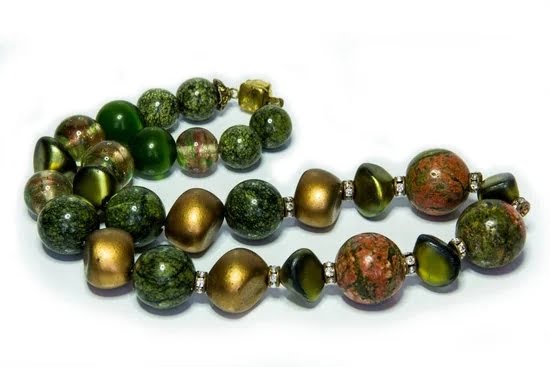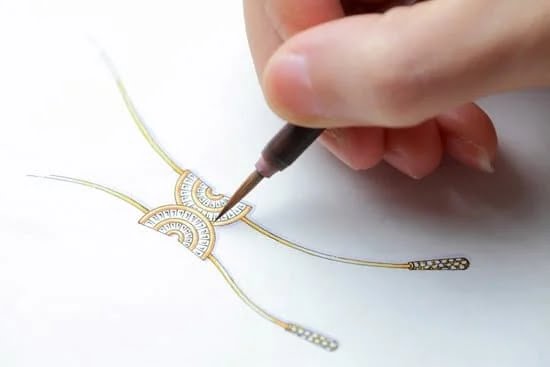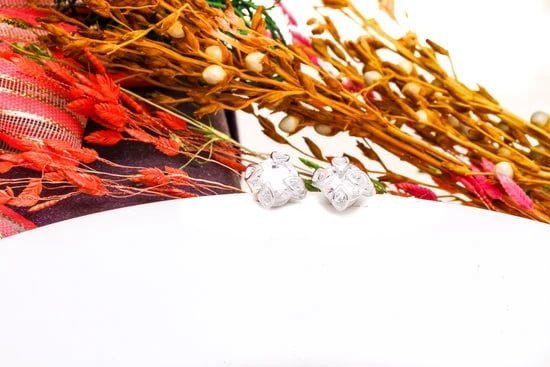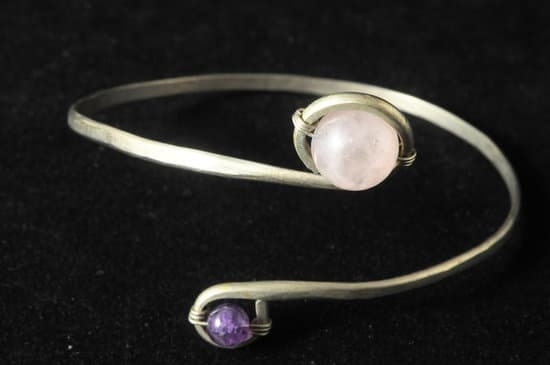Introduction to jewelry rolling mill
A jewelry rolling mill is a piece of equipment used to compress and shape metals and other materials into particular forms. It can be used to produce thin sheets of metal, or to reduce the thickness of thicker sheets or plates. Our modern society relies heavily on the use of these machines in many different industries, from automotive manufacturing to healthcare products production. Jewelry rolling mills are specifically designed to create intricate designs, as well as more complex shapes, either with manual or electric power sources.
The main purpose of a jewelry rolling mill is to exact tolerances with precision and accuracy. These machines typically have two rollers which can be adjusted relative to each other by turning two large gears which in turn drive the rollers. Electric powered rolling mills are powered by electricity instead of manual labor, allowing for easier production, faster delivery times and repeatability across multiple projects.
When comparing a manual and an electric powered rolling mill, the main differences come down to efficiency and functionality; manual requires physical effort and time to complete each project whereas electric requires just a push of a button. Furthermore, electric mills have much wider capability when it comes to producing intricate designs as they’re programmed digitally with detailed instructions. Finally, electric powered models often come with adjustable roller widths that can help mold different materials into even more creative projects without adding extra time or resources.
The benefit of using a jewelry rolling mill is that you can produce higher-quality pieces within shorter time frames than would otherwise be possible using traditional techniques like hand stamping or etching metal components. Additionally compared to other methods such as hammering, you will achieve greater consistency in your product quality due overall job completion accuracy that an automated process allows for.
Types of jewelry rolling mills
A jewelry rolling mill is a device used to press and shape metals and other materials into beautiful pieces of jewelry. Depending on the design, there are different types of jewelry rolling mills on the market; manual, electric, flat, combination, and mini mills. Manual rolling mills are operated through a hand crank, while electric models use electricity or batteries to run the machine. Flat mills have two flat rollers that press items with even pressure from both sides, while combination mills consist of two rollers which operate with different levels of pressure for texturing sheets of material. Mini mills are ideal for small craft projects such as embossing detailed shapes onto thin metals or creating intricate textures in wire.
Uses of a jewelry rolling mill
A jewelry rolling mill can be used for a variety of tasks including shaping, texturing and reducing the thickness of jewelry pieces. This is especially beneficial when working with metal materials, as the rolling mill is able to efficiently thin and flatten coils of sheet metal or wire. In addition, the rollers on a rolling mill are often textured, allowing jewelers to impart various patterns onto the metal before it is worked or melted down further. Jewelry makers may also imprint logos or intricate designs into items by feeding them through a rolling mill with an etched brass or steel plate attached to its rollers. Lastly, jewelry makers may use a rolling mill to manipulate wire thicknesses by running it through with different thicknesses of wire between two rollers; this process will help keep the wire even in size and free from bends or irregularities.
Different Accessories for a jewelry rolling mill
Drawplates – A drawplate is a special tool that consists of a hard metal plate with a series of progressively smaller slotted holes. It is connected to the rolling mill and used in decreasing the thickness of jewelry components by drawing them through each successive hole.
Mandrels – A mandrel is a round, tapered steel shaft designed to fit perfectly into ring, bracelet and pendant components. This is inserted into the rolling mill while making certain jewelry pieces, helping shape and reduce the width of these objects.
Pushers – Pushers are tools often made from hardened steel that can be used in combination with a rolling mill for shaping bracelets, pendants or other small jewelry items. The pushers help move pieces being rolled through the mill by providing an even pressure across a sheet or rod as it’s being drawn underneath two rollers in either direction.
Anvils – Anvils are tools specifically designed to be used with a rolling mill for punching and forming shapes from sheet metal. They come in various sizes and materials so they can be tailored to meet the requirements of different types of projects.
Safety Guards- Safety guards are essential when working with any sort of machinery, especially those dealing with metals such as jewelry rolling mills. These guards will protect hands and any surrounding areas from being injured by hot metal fragments or cracked stones flying off during operations. They generally come in light and more heavy-duty versions depending on how much protection the user needs in their particular situation.
Protective Gear – Protective gear like safety glasses should always be worn when operating any kind of machinery, including jewelry rolling mills. This will protect eyes from debris flying around while working as well as potential radiation emitted from liters during operation times due to their hot nature. Also it may not be necessary, but wearing gloves also ensures extra cover when handling or working directly around instruments like this one which could cause cuts or scrapes otherwise.
Rolling Mill Stands- Rolling mill stands are support structures for holding a rolling mill firmly in place while you work with it on your projects. This helps keep any unnecessary strain out of your neck and arms and reduces overall fatigue so you can continue to focus clearly on what you’re doing without having to worry about stability issues with your equipment mid-task
Setting up a jewelry rolling mill
To set up a jewelry rolling mill properly, one must first make sure that the machine is unpacked and cleaned thoroughly. After that, each of the mill’s rollers and blades should be adjusted to the desired widths. If able, it is usually beneficial to first roll out a piece of scrap metal to check for any flaws or kinks in the process. Once done, the machine can then be used for thinning down larger pieces of metal and softening them for further shaping and crafting. The additional accessories such as jawstands or reducers can also be attached per needs to speed up or slow down the rolling process. Ultimately with care given during setup, a jewelry rolling mill can prove to be a great asset when crafting beautiful pieces with precision accuracy.
Practicing with the rolling mill
When working with the jewelry rolling mill, you should make sure to use the appropriate size and type of metal. If your metal is too large or too thin, it can easily become stuck in the mill, creating even more problems. Before beginning to roll the metal, ensure it is at a comfortable temperature; neither too hot nor too cold. If the metal is too hot, there is a higher risk of cracking. On the other hand, if it’s too cold it likely won’t come out of the rollers correctly.
When setting up the jewelry rolling mill, make sure to place appropriate blocking against each side so that when you roll your pieces they bend correctly according to your desired design shape. Make sure not to over-tighten or misalign any screws as this can cause stress on both your machine and your product. Finally, make sure to oil all bearings regularly to avoid strain on moving parts and minimize wear and tear over time.
When using laminators for rolling sheet down into thinner layers, always use both sheets of material going through; never try just one unless you have a specifically marked single-sheet roller (which if very rare). Additionally, gradually increase pressure applied both on entry and exit from your rolling mill according to what you intend to complete (for instance: rolling gold thinner for earring settings or thicker for heavy link bracelets) – also making sure that each roller applies equal pressure along its full length for best results in an even feed process.
Taking Care of Your Rolling Mill
Cleaning your jewelry rolling mill is a crucial but often overlooked step in maintaining it. Using a lint-free cloth and some rubbing alcohol, it is important to clean the rollers regularly and ensure that all dirt, dust, or particle buildup have been removed. Additionally, it is important to inspect the rollers for any signs of wear and tear such as cracks or discoloration.
Lubricating your rolling mill will help keep it operating smoothly. When applying oil or grease, use a cloth to spread the lubricant evenly over all parts of the mill—including bearings and gears—but make sure to avoid touching the rollers themselves.
When not in use, it’s best to store the mill in a climate controlled environment as extreme temperatures can cause corrosion or other damage over time. Make sure that when putting away the jewelry rolling mill you completely disengage both of the flat plate gears on each side of the machine!
Examples of Projects with a Jewelry Rolling Mill
Common Projects
1. Texturing metals: Rolling mills are commonly used to texture metal before settings or forming. Metalworkers can use pattern plates, drive roller or embossed dies to fashion decorative patterns onto components.
Mill textures can be used for a variety of applications, from wedding rings and bracelets to large scale art projects.
2. Forming Logos & Monograms: Component makers often use jewelry rolling mills to craft insignia or monograms in metal, such as logos featured on cufflinks and lapel pins. After the ore has been pressed into a thin sheet using the mill, the letters are then cut individually using cutting tools such as scissors or shears as desired.
Unique Projects
1. Jewelry Casting: Prior to casting, jewelers pressing precious metals into thin sheets with rolling mills helps improve the quality of the finish after melting. The reduced size makes it easier for smiths to better control their pouring times reducing waste while achieving a more refined existing finish prior to further machining processes reaching production level quality faster if done right.
2. Sculpture Making: Artisans fabricate unique sculptures by layering rolled sheets of metal until they form complex shapes and scenes with very intricate details on them. Many sculptors use sheet gold and other soft metals due to their malleability when pressed against a flat steel plate which allows them to create beautiful pieces that are both aesthetically pleasing and highly durable thanks to these mechanics of flattening rolls over each other!
Conclusion
Jewelry rolling mills are a must-have tool in any jewelry maker’s studio. They allow for precision metalworking as they can reduce the thickness of metal sheets and wires, texture metal to create unique effects, increase the size of jump rings, rivets, and more. Jewelry rolling mills come in a variety of types that have a range of benefits dependent on what you need for your jewelry making projects. Manual rolling mills require using separate roller plates and by hand strength but give you access to many thicknesses. Automatic rolling mills use motor-driven rollers, reducing labor time and requiring less effort from the user which make them better suited for larger projects. Electric mills are especially useful when scaling up or working with bimetal pieces as they provide greater flexibility allowing easier adjustment to different sheet sizes. No matter what type of jewelry rolling mill is chosen, they offer many advantages like improved efficiency, increased accuracy of results, and reduced process time which gives jewelry designers the freedom to craft unique pieces with confidence!

Welcome to my jewelry blog! My name is Sarah and I am the owner of this blog.
I love making jewelry and sharing my creations with others.
So whether you’re someone who loves wearing jewelry yourself or simply enjoys learning about it, be sure to check out my blog for insightful posts on everything related to this exciting topic!





